HousingWire recently spoke with Matic CEO and co-founder Ben Madick about the changing home insurance market, how it impacts mortgage lenders and homeowners, and why lenders should pay attention.
HousingWire: What is the current home insurance market like?

Ben Madick: The home insurance market is experiencing unprecedented volatility, which has significant implications for homeowners, mortgage lenders and prospective homebuyers.
Two key trends have emerged in this landscape. Firstly, it’s more challenging to acquire insurance as home insurance carriers are imposing restrictions on new business and rapidly exiting specific markets. Secondly, the cost of home insurance is more expensive than ever as premiums are increasing at drastically high rates.
These trends stem from the challenges carriers have faced in recent years, including the surge in weather events and the rising cost of building materials. In 2022, property and casualty insurers recorded a combined ratio of 102.4% as reported by S&P Global Market Intelligence, indicating a lack of profitability.
To mitigate these losses, carriers are raising premiums for both renewal business and new business. Approval from state regulators, typically known as the Department of Insurance (DOI), is necessary for implementing rate increases. However, in certain regions such as California and New York, the DOI has been slow in approving proposed rate hikes. Carriers in California, for instance, have reported applying for home insurance rate increases as far back as six years ago, still awaiting approval. Other states impose a cap on home insurance premium increases, making it challenging for insurers to keep up with inflation.
When faced with premium delays and denials, carriers have to make a choice: either continue writing new business despite the unsustainable loss ratios or discontinue offering insurance in those specific areas. In the past year, an escalating number of national carriers have enforced limitations on new home insurance business universally. Furthermore, carriers have taken more extreme measures by completely discontinuing the underwriting of new policies in specific states. This trend, which had been a longstanding challenge in Florida, is now beginning to impact other states like California, Georgia, South Carolina, New Jersey, New York and Arizona.
In regions where rate increases are approved, carriers may continue selling new business and pass along significantly higher rates to new policyholders. For example, according to the Texas Department of Insurance, 87% of property and casualty rate change requests were approved in 2022. Consequently, home insurance premiums in Texas increased an average of 16% this year compared to 2022, bringing the average annual cost to $2,150. Back in 2020, insurance premiums averaged $1,637 in Texas.
Overall in the U.S., premiums have risen to a record high average of 9% during the first half of 2023, compared to the previous year. Rates began climbing between 5-6% in 2021 and 2022. Prior to 2021, premium increases for new business averaged between 2-4%. Additionally, for homeowners that stay with the same carrier and policy, renewal rates have experienced an even steeper incline. Across the U.S., home insurance premium renewals increased an average of 23% in the first half of 2023.
HW: Why should mortgage companies pay attention to what’s going on in home insurance?
BM: Lenders need to be aware of the insurance landscape as it can have a significant impact on their ability to efficiently close a loan due to availability and pricing. With home insurance demand surpassing supply, homebuyers are experiencing longer search times while they try to find a carrier that will accept their business. In addition to the usual research period, there are new considerations such as customer service wait times. Less than 10 home insurance carriers offer the ability to bind a home insurance policy 100% online without working with an agent in some capacity, making wait times an important factor.
For instance, when State Farm announced they were exiting California, one regional carrier in the state experienced an overwhelming 500% increase in inbound calls, causing significant delays in average wait times for existing and potential customers. These delays add complexities to the timing of when proof of insurance is required, potentially prolonging the closing process by a few days or even weeks, leading to increased costs for mortgage lenders. Rate-lock extensions alone can result in lenders losing tens of thousands of dollars per month.
In the worst-case scenario, the rising cost of insurance could lead to a mortgage being denied during the underwriting process. Accurately calculating a customer’s front-end debt-to-income ratio (DTI) requires accounting for all housing expenses, including homeowners insurance premium. It is not uncommon for loan officers to walk away from a loan or two each month when the borrower’s DTI exceeds acceptable limits once the insurance estimate is factored in.
HW: Why is working with an insurance marketplace important in this changing market?
BM: In a landscape where carriers are increasingly restricting new home insurance business, partnering with a digital insurance marketplace backed by a strong carrier network becomes essential for both borrowers and lenders.
A marketplace offers numerous benefits, such as time savings for borrowers during the research process, as multiple carriers are digitally integrated into the online shopping experience. This enables borrowers to swiftly determine the availability of options and evaluate the affordability of policies, leading to potential long-term savings and reduced DTI. Moreover, a marketplace increases the chances of borrowers finding suitable policies, particularly in areas where supply is limited.
HW: How does working with Matic help lenders improve the customer experience?
BM: We built Matic’s embedded insurance marketplace specifically for the mortgage industry to provide value to lenders, servicers and borrowers. With Matic, borrowers save time by shopping multiple carriers at once and are automatically presented with transparent pricing and coverage options. Depending on the policy, the borrower can finalize the purchase online, or they can work directly with a licensed advisor. On average, customers save over $500 a year when they purchase a policy through Matic.
Since Matic is integrated into the mortgage process, finding homeowners insurance is no longer an afterthought, which adds visibility and control for the lender, allowing them to foresee potential issues that could result in delayed closings. Additionally, it can create a passive revenue stream for mortgage companies, helping to offset down cycles.
In the early days, we invested a lot of time creating the right mix of carriers covering all 50 states so that we would be able to sustain availability limitations and rate fluctuations. Today, Matic has 45 A-rated carriers, and it continues to grow to account for the rapidly changing market.
Bottom line, Matic’s flexible insurance marketplace is essential for mortgage companies and borrowers, especially during times of unprecedented market volatility.
Learn more about Matic’s digital insurance marketplace solutions for mortgage leaders.
Note about sources/methodologies: Home insurance premiums and year-over-year changes are based on a data sampling from 6 million quoted properties analyzed from January 1, 2019, through July 10, 2023. Average Matic savings is based on Matic policyholder data from January 1, 2022, through December 31, 2022 when prior insurance premium amount is known.



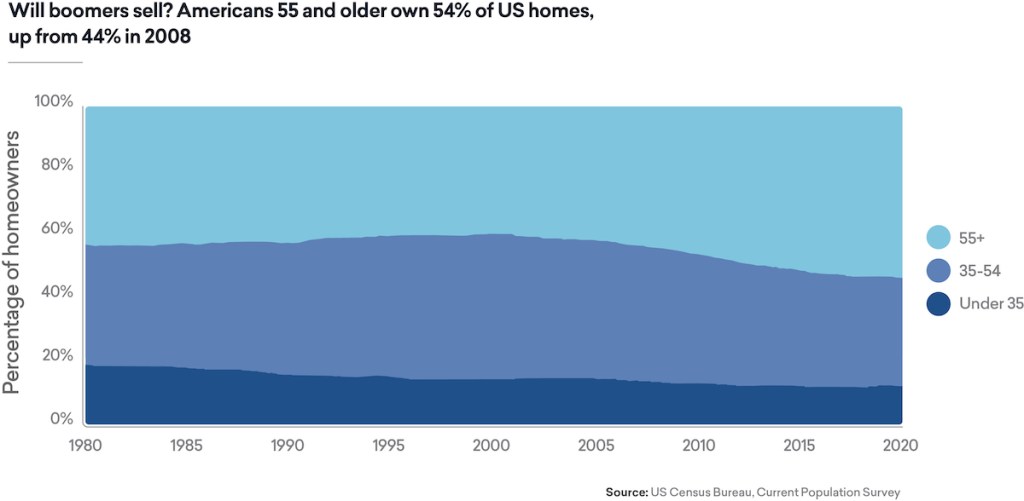
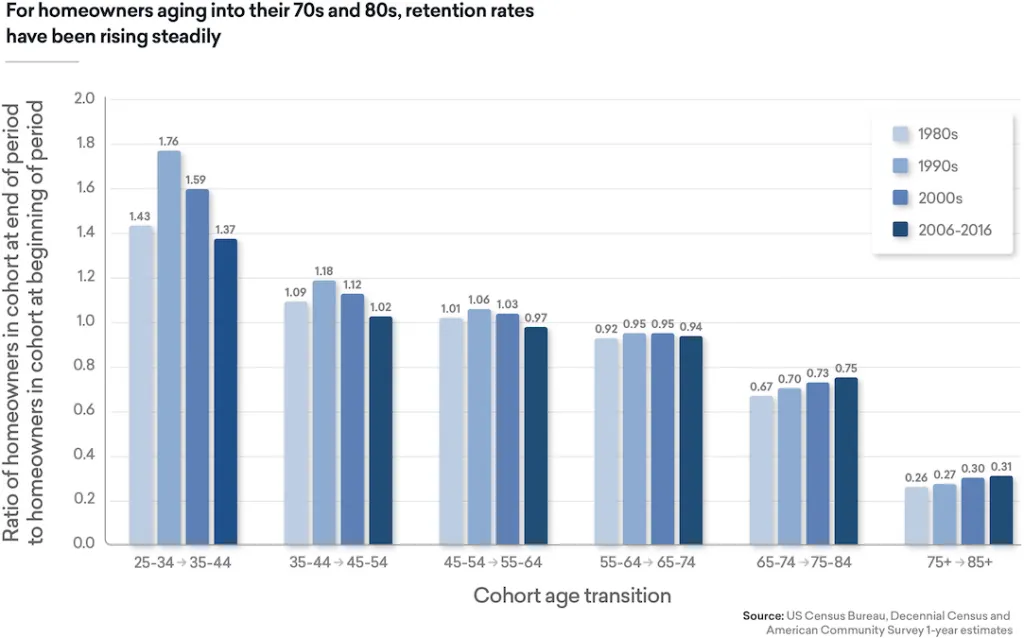
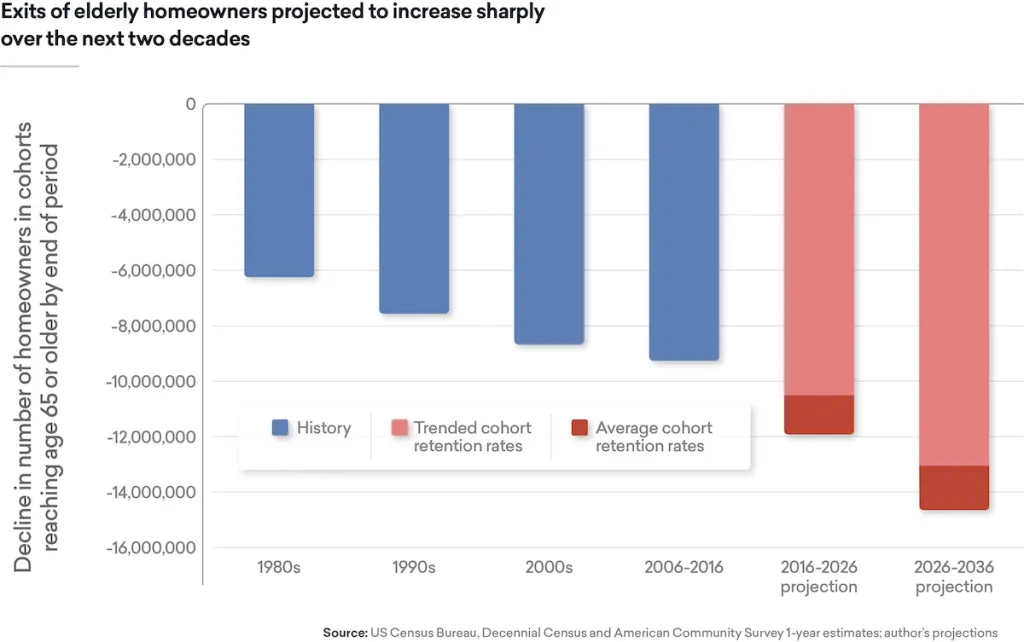

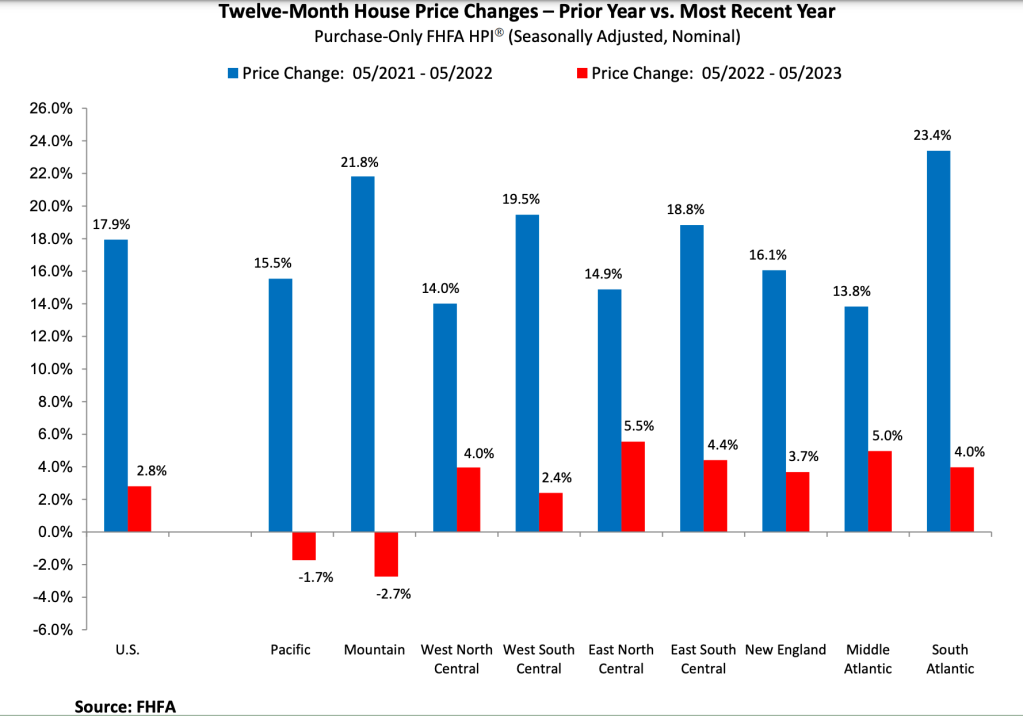


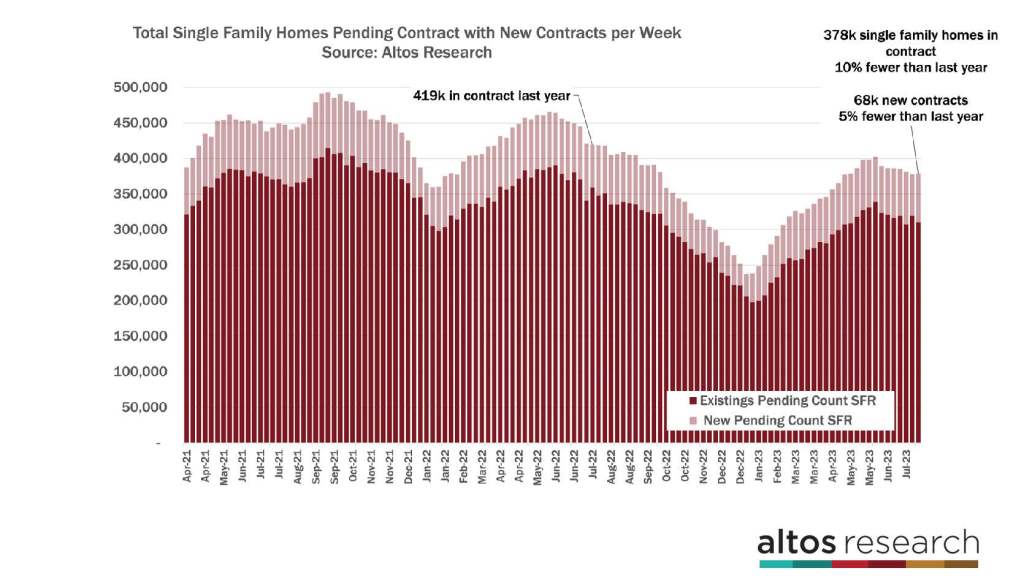
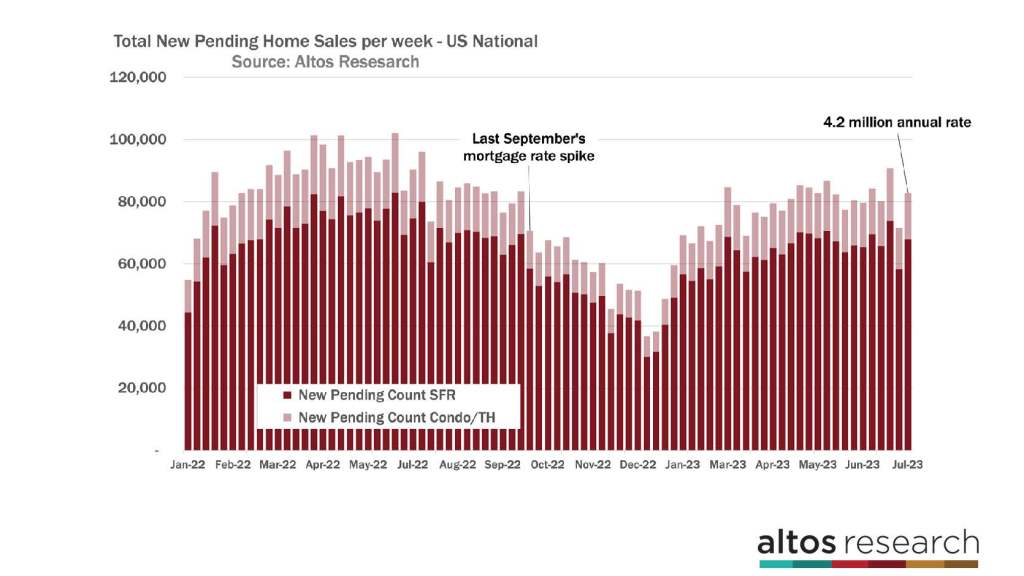
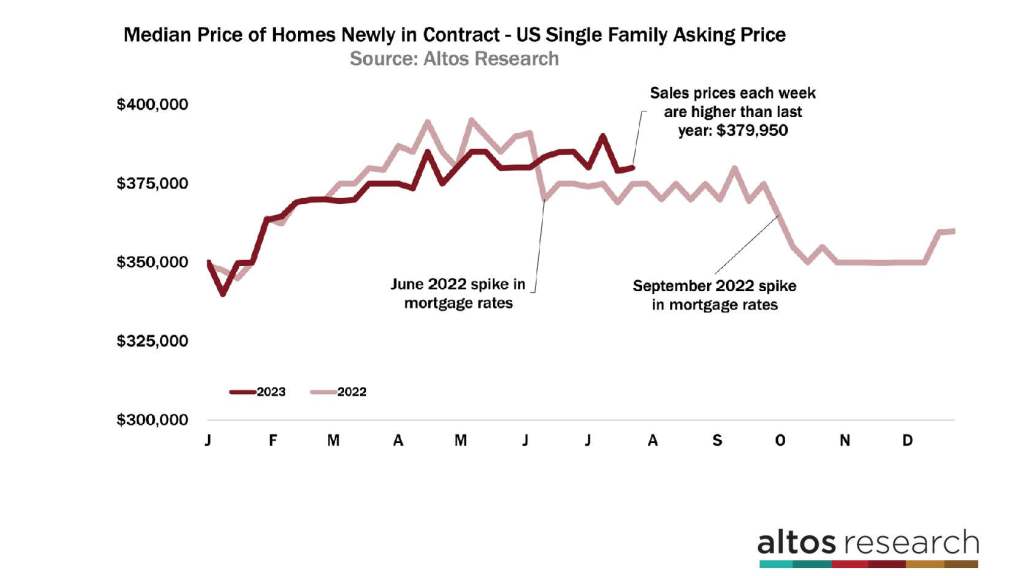
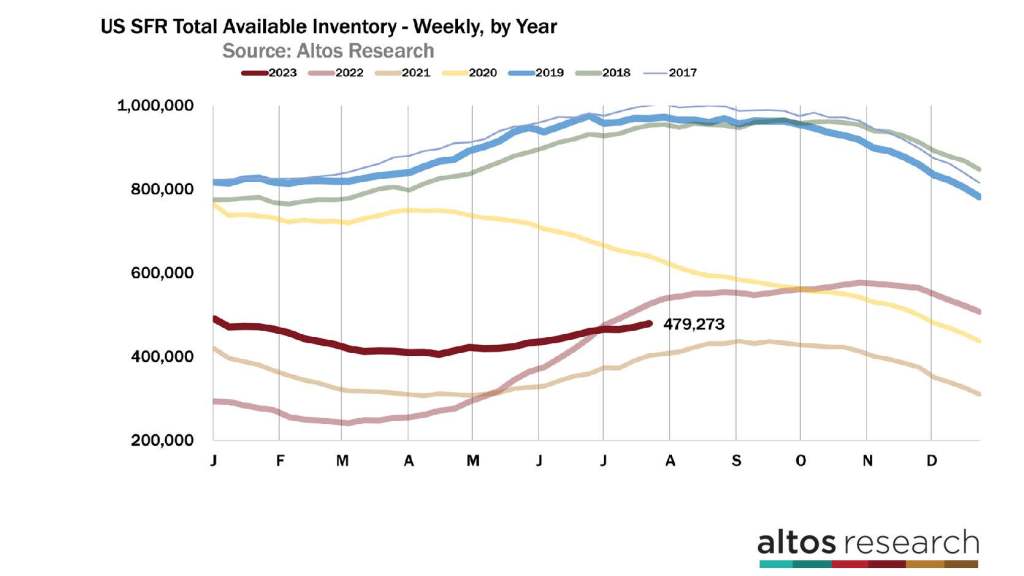
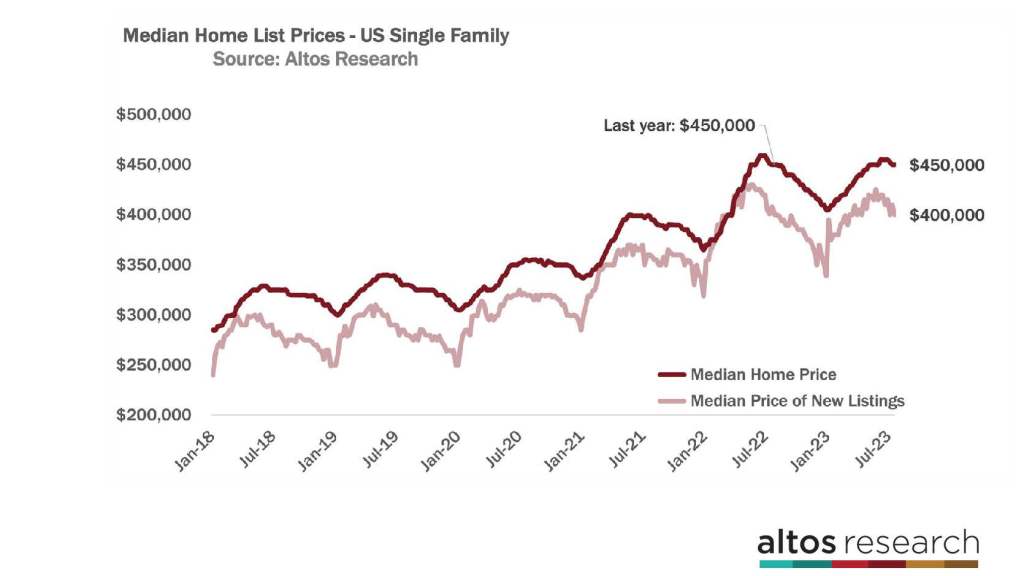
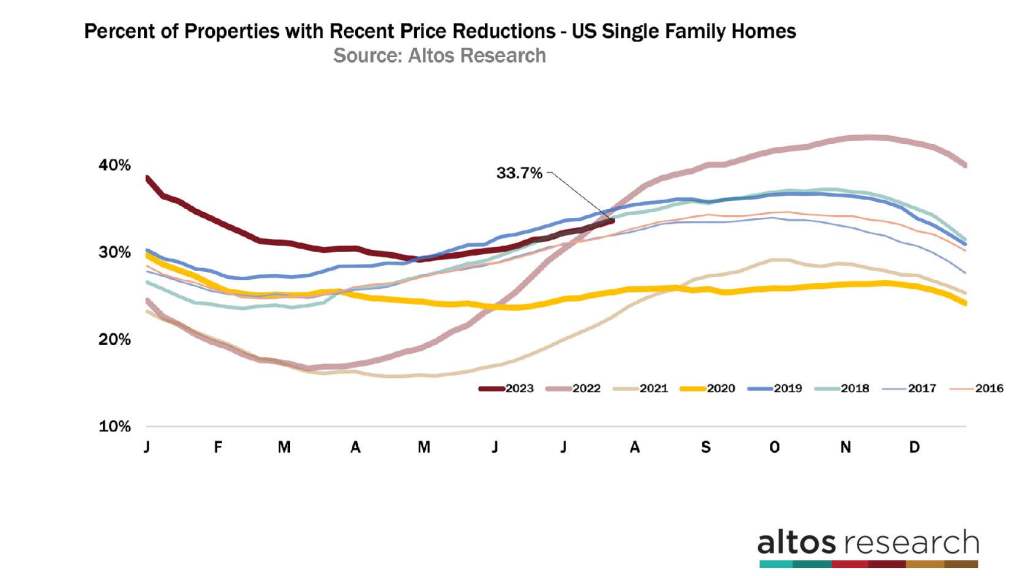







 :215-447-7209
:215-447-7209 : deals(at)frankbuysphilly.com
: deals(at)frankbuysphilly.com